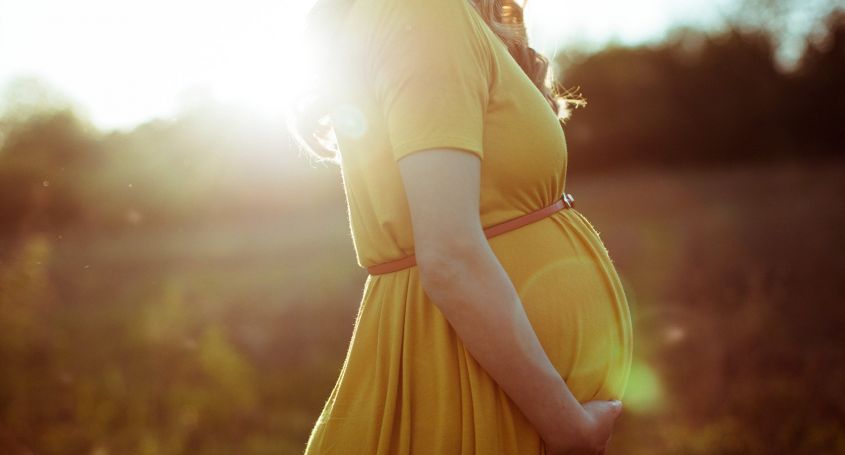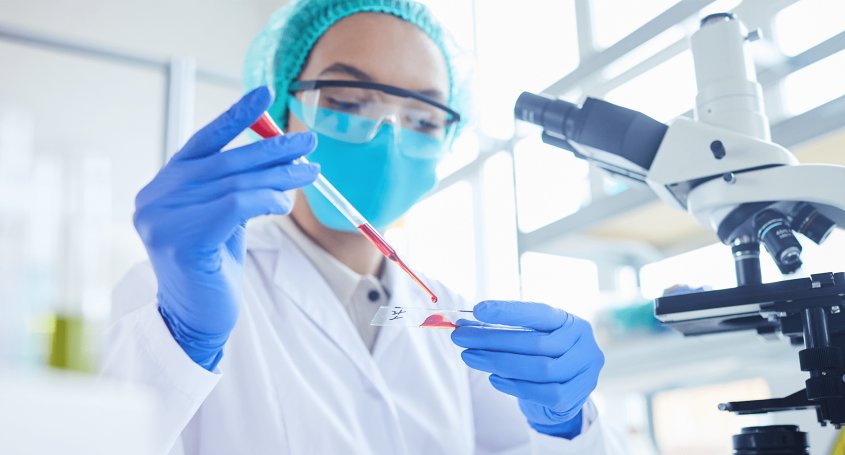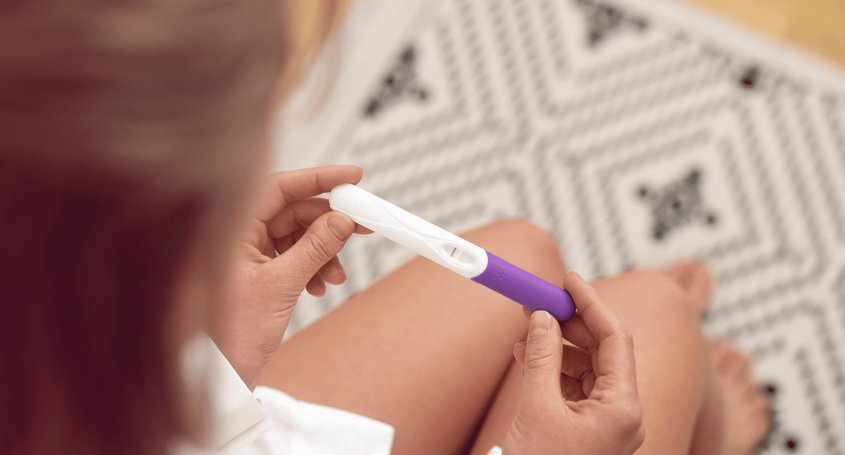One of the diagnoses that many women are faced with when they consult an infertility specialist is the ovarian factor. This diagnosis generates many doubts and concerns. We want to help you to resolve them.
What is ovarian reserve?
Ovarian reserve is the capacity of the ovary to respond to stimulation. It is a parameter that only evaluates the number of eggs that can be expected after ovarian stimulation.
Is having a period synonymous with fertility?
Not necessarily.
In a spontaneous cycle, the ovary initiates the development of several follicles (containing eggs inside). One of them, the dominant follicle, will grow the most and rupture during ovulation, when it releases an egg to be fertilised by a sperm. During the follicular development phase, the cells that form the outer layer of the follicle produce oestradiol, the hormone responsible for the growth of the endometrium (the inner layer of the uterus where the embryos are implanted).
When ovulation occurs, the ruptured follicle becomes the corpus luteum and produces progesterone. This progesterone is responsible for the changes that take place in the endometrium so that the embryo can implant.
If there is no pregnancy, after 15 days the ovaries detect that the embryo has not implanted and stop producing progesterone. As the levels of this hormone decrease, the endometrium is shed and eliminated, causing menstruation.
When pregnancy occurs, the ovary maintains the levels of progesterone, which is why there is no menstruation.
Therefore, menstruation is a consequence of the action of the hormones produced in the ovary during the cycle, but has nothing to do with the quality of the eggs that are produced.
How does age affect ovarian reserve?
Age is the most important factor related to ovarian reserve and fertility.
The reason for this is that before birth women already have all the eggs they will ever have, and during their lifetime these eggs will diminish due to a process of destruction called apoptosis.
Although two women of the same age may have better or worse ovarian reserve, with age, the quantity and quality of eggs always decreases.
Do quantity and quality always go together?
No, there are patients with low ovarian reserve who will respond less to ovarian stimulation, but will produce good quality eggs (this is more true the younger the patient is). The parameter that is best related to oocyte quality is age: the older the patient, the poorer the quality.
Is low ovarian reserve the same as early menopause?
The menopause is the cessation of ovarian function, the ovaries do not ovulate and stop producing hormones. As a result of these changes, menstruation disappears and other symptoms such as hot flushes, sweating, irritability, decreased libido, etc. may appear.
The diagnosis of menopause is established when a year has passed without menstrual periods, but before this there may be a period of time in which menstrual irregularities appear.
When the menopause appears before the age of 40 we speak of early menopause.
Ovarian reserve is the capacity of the ovary to respond to stimulation.
Having a low ovarian reserve does not mean that you are in the perimenopause or that the menopause must come earlier.
What can cause low ovarian reserve?
Although most of the time there is no specific answer, the most frequent causes are:
- Genetic basis (being born with fewer eggs available or eggs being destroyed at a faster rate than usual).
- Decreased healthy ovarian tissue secondary to surgery or disease (endometriosis is the most common cause).
- Undetermined causes with a probable immunological basis.
The fact that this situation can never be reversed means that the cause is currently irrelevant in determining the treatment of choice.
How do I know what my ovarian reserve is?
There are several tests that indirectly help us to assess ovarian reserve. Those with the greatest predictive value are the study of antral follicles and the determination of FSH levels.
However, the only direct test that will give us a real idea of ovarian reserve is ovarian stimulation.
What does the study of antral follicles consist of?
To carry out an antral follicle study, an ultrasound scan is performed at the beginning of the cycle and the number of follicles in the ovaries with a size of between 2 and 8 mm is assessed. This value indirectly indicates the number of follicles that can be recruited during ovarian stimulation. The more antral follicles we see, the better ovarian reserve we can expect.
What is FSH?
FSH (follicle stimulating hormone) is a hormone produced by the pituitary gland that stimulates the development of follicles in the ovaries. To assess the follicular reserve, FSH is measured at the beginning of the cycle (between the 2nd and 4th day of the cycle). High FSH levels indicate that the pituitary gland has to make a major effort to initiate a natural cycle, which is usually correlated with a low ovarian reserve. The higher the values, the greater the risk of cancelling a treatment due to lack of response to stimulation.
Does it make sense to wait until FSH values are low before treatment?
During natural cycles, FSH values can fluctuate. Although there are groups that wait until FSH values are low to start stimulation, in our opinion the prognostic value is determined by the highest value. Therefore, once the value is high, waiting for lower values to try to obtain more eggs is not a good option. This theory could explain that in certain cases of low response with normal FSH values, the FSH values have actually been high on occasion, something that may not have been diagnosed since hormone analyses are not repeated every month.
What does oestradiol indicate?
When ovarian reserve decreases, there is sometimes a shortening of the cycle, which is reflected by an increase in oestradiol levels at the beginning of the cycle.
What is the Clomiphene Test?
The clomiphene test consists of determining FSH and oestradiol on the 3rd and 10th day of the cycle by administering 100 mg/day of clomiphene citrate (Omifin®) from the 5th to the 9th day of the cycle.
A clomiphene test above 25 indicates low ovarian reserve.
What is Inhibin B?
Inhibin B is a hormone produced in the first half of the cycle by cells in the outer layer of small follicles. Inhibin B causes a decrease in FSH levels which facilitates the selection of the dominant follicle, which is the follicle that will ovulate that month. The lower the inhibin B value, the lower the ovarian reserve.
What is anti-mullerian hormone?
Anti-Mullerian hormone (AMH) is a hormone that is also produced in the outer layer of small follicles. When the follicle grows, it stops producing AMH. AMH acts in a similar way to inhibin B by regulating the activity of FSH to recruit a single follicle (it decreases the number of follicles that can be recruited in one cycle and decreases the sensitivity of the follicles to FSH). Antimullerian hormone can be measured on any day of the cycle and a very low value indicates a poorer prognosis.
What can I do if I have a low ovarian reserve?
The ovarian reserve indirectly indicates the chances of pregnancy that you have in an assisted reproduction cycle with your own eggs. Unfortunately there is no proven method to improve it once it has been confirmed.
The treatment to be chosen depends on the results of the tests performed, the age and medical history of the couple. When these tests are very altered, the best advice is to opt for egg donation .
If you have any doubts about ovarian reserve that you would like to resolve, please contact us or continue reading the following article.














